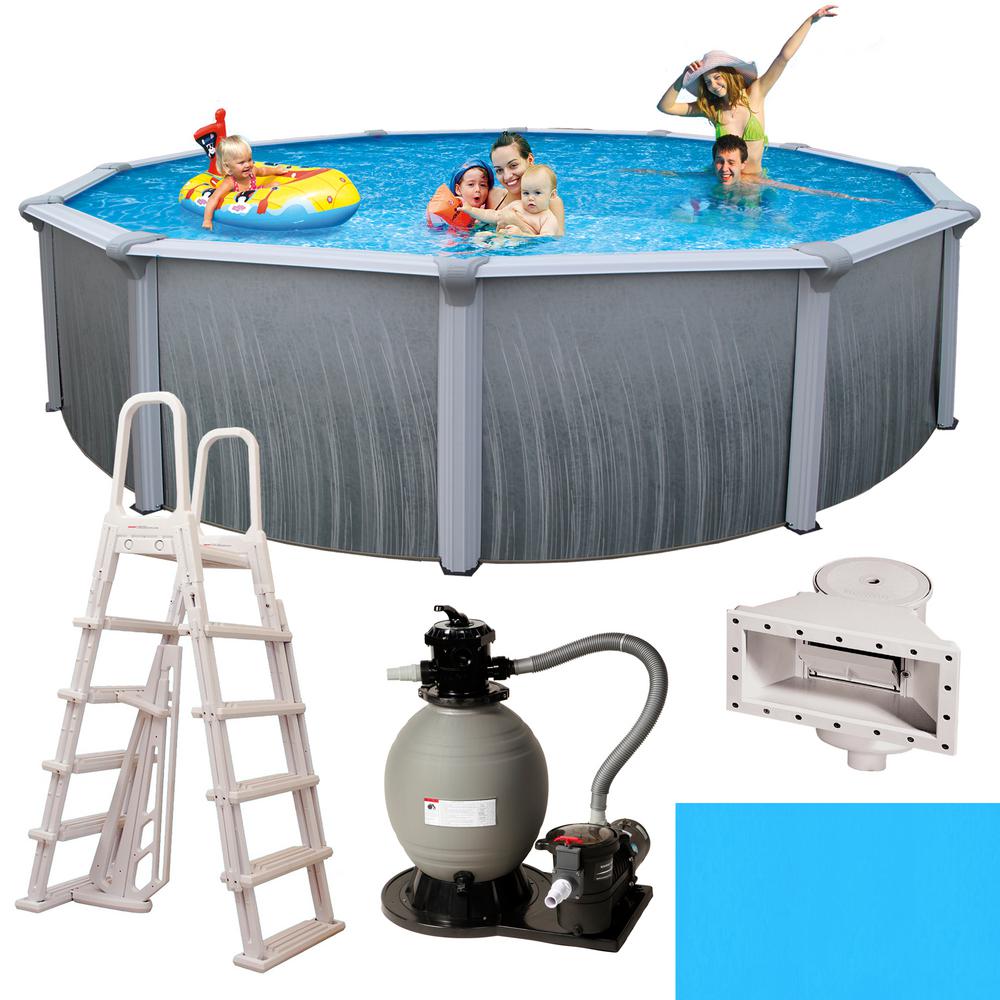
If the GPM is too high, the overwhelming pressure will force the contaminants right through the filters. The ending result is that algae and other contaminants will slowly overtake the pool.

The water will not be cleaned fast enough. If the GPM is too low, water will not flow through the filters fast enough to keep up with the constant contamination. When the pool pump’s GPM is outside of that range, the filtration suffers. Filters are designed to work within a certain range of pressure. It doesn’t take a physics degree to realize increasing the GPM will also increase the pressure within the filtration system. The GPM is the measurement of how many gallons the pool pump can push through the filtration system each minute. The perfect pool pump will not be determined by horsepower, but by its gallons per minute (GPM). Some might assume bigger is better, but that isn’t necessarily the case. Goldilocks Principle - Bigger Is Not Always Better Also, your results will vary, so it’s best not to take this as gospel. Below that, we find the following:Īs you can see, each additional turnover provides diminishing returns. Using a standard but unknown pool pump and filter, this duo found that 7 turnovers are needed each day to cleanse 99.9% of the water. Since we can’t use this “law,” we will just derive some generalized guidelines. They were either lost or we just haven’t found the original source. Unfortunately, the specifics of the previously mentioned Gage-Bidwell’s Law of Dilution aren’t available. Step 2: How Many Turnovers Per Day Do You Want? Gage-Bidwell’s Law of Dilution After you have calculated the total capacity of these “separate pools,” add them up together. Sudden transitions should be measured and calculated separately. Add the shallow depth to the deep depth and divide the sum by 2. Pool depths transition in two ways: gradual and sudden. If your pool has a shallow end and a deep end, you’ll need to account for that. Total Gallon Capacity: Volume x 7.48 Gallons.Area Formula: .45 x (Diameter Circle 1 + Diameter Circle 2) x Pool Length.Total Gallon Capacity: Volume x 7.48 Gallons.If you have a different shape or multiple shapes, you might want to click over to our previously mentioned pool volume guide. Just in case, if you would rather calculate the pool’s volume yourself, you can use the volumetric formulas below for the most common pool shapes. If you don’t know how many gallons your pool can hold, we recommend using our pool volume calculator to figure that out. Provided that you already know this, you can skip to the next section. To figure out the size of the pool pump that we require, we first need to know how many gallons of water your pool can hold. Step 1: How Much Water Does Your Pool Hold? The first thing we need to do is figure out how many gallons your pool holds. To figure out what pool pump you need, we first need to know your pool’s volume in gallons and the turnover rate that you want.


 0 kommentar(er)
0 kommentar(er)
